REC articles are not the view or opinion of Alpha Extract Administrators
“Greasy” Molecules: Cannabinoids and the Neuro System
Grower's Choice!!!
Naturally-Occurring Source of Essential Carbon, Humates & Microbials
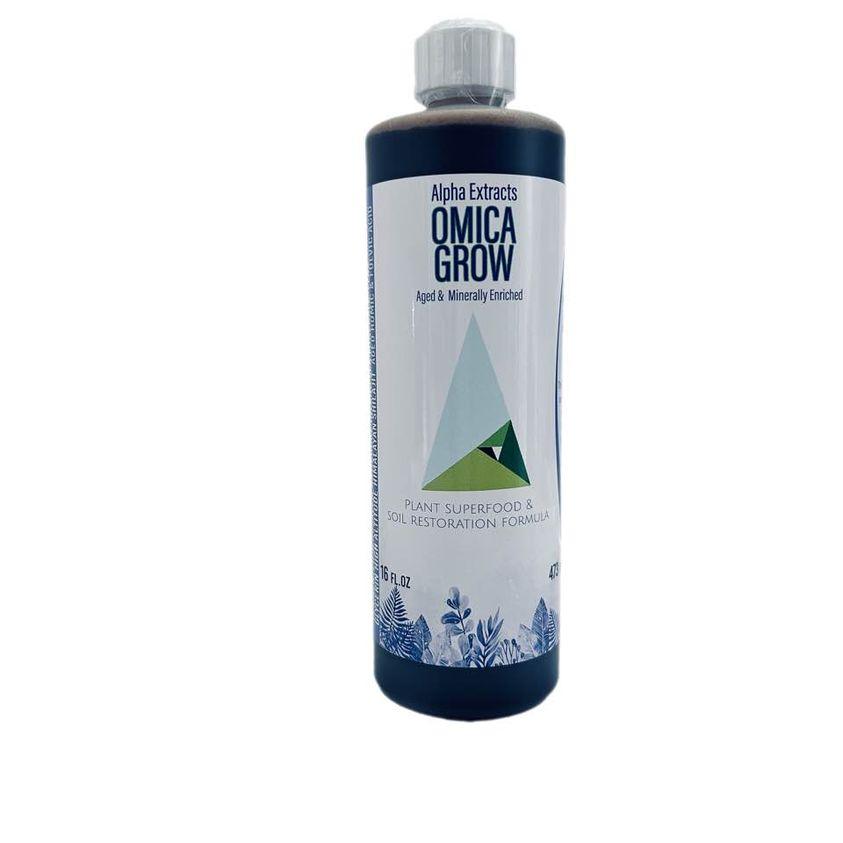
Alpha Extracts Omica Grow Superfood | alphaExtract
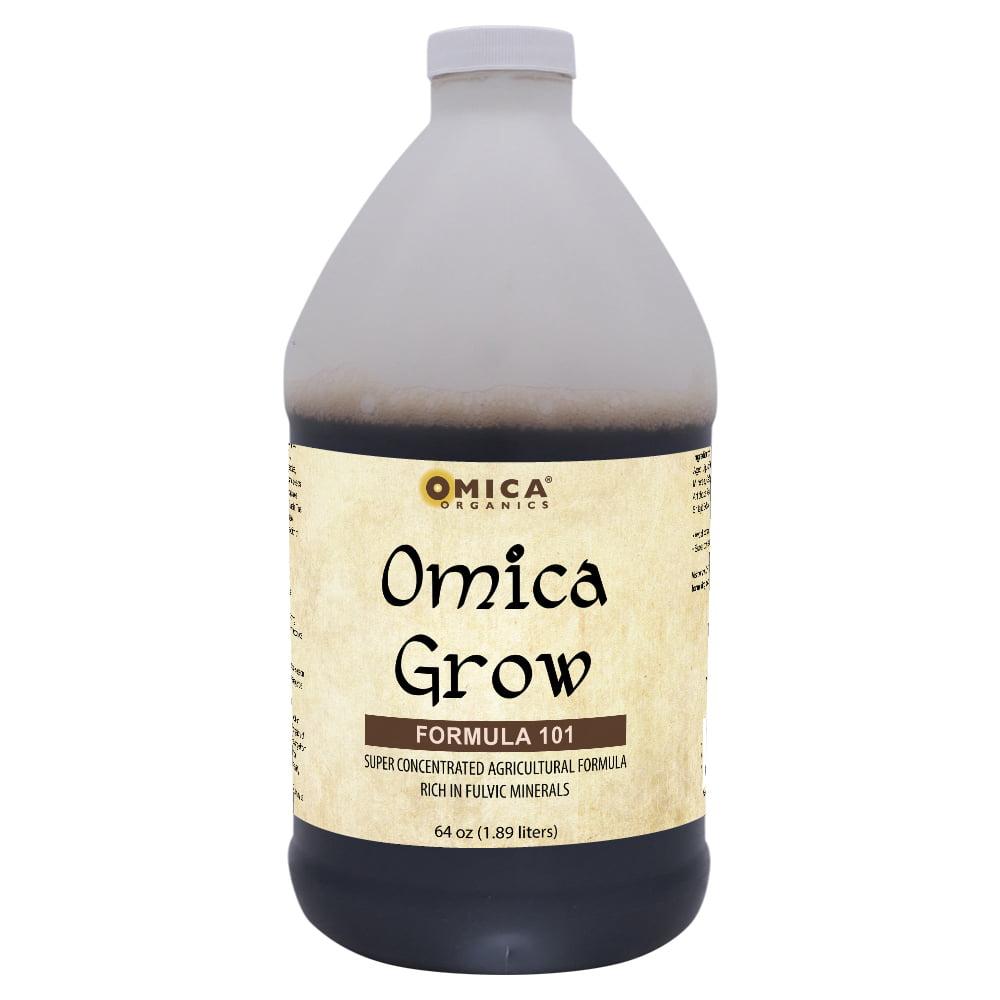
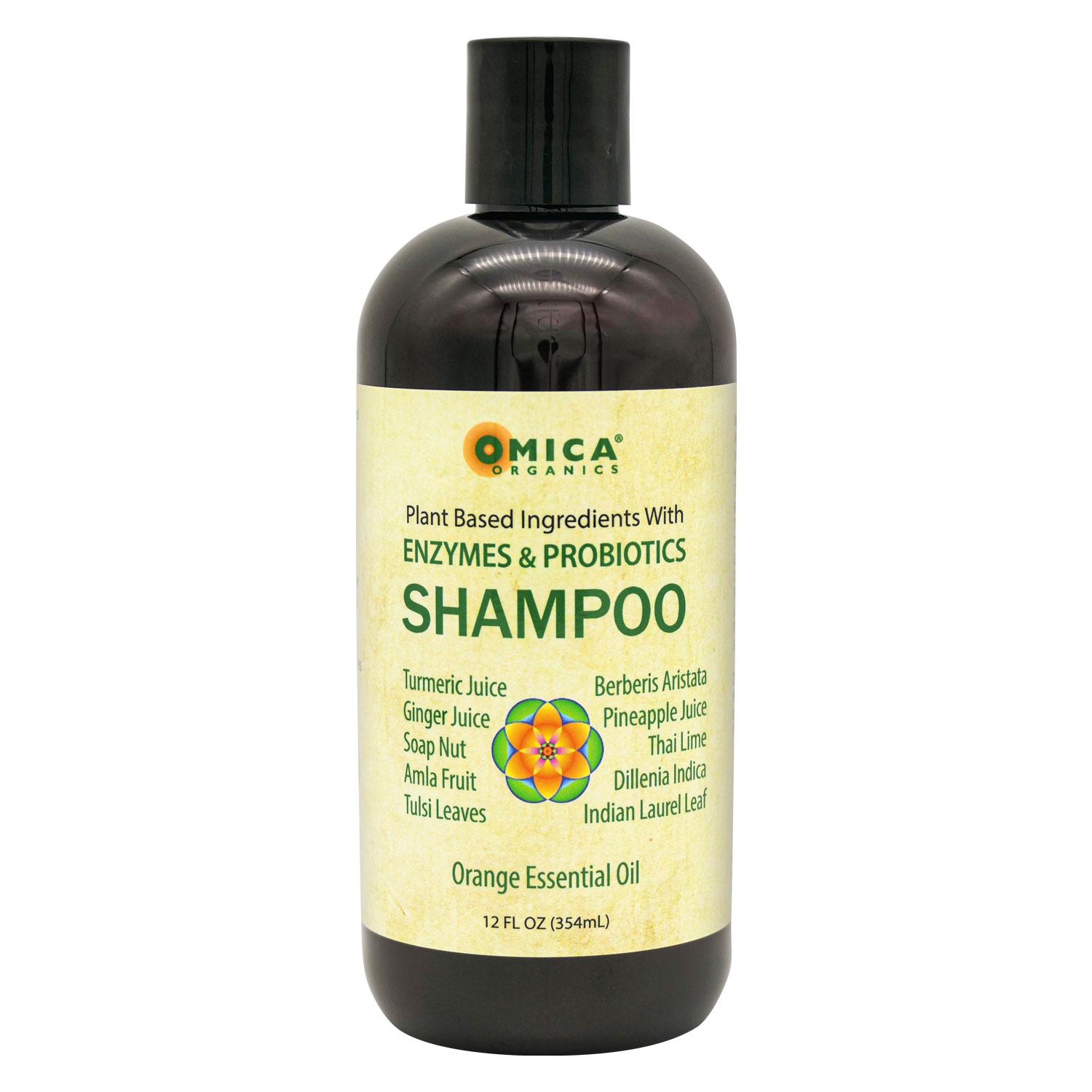

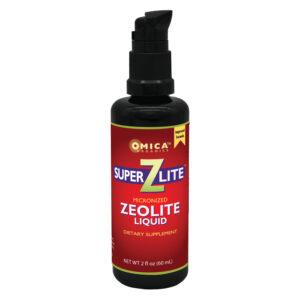

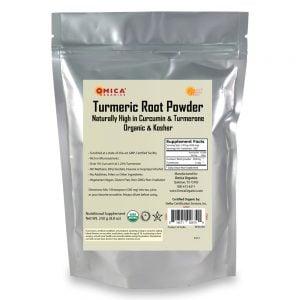
Cannabinoids and the Neuro System.
You’ve heard about cannabinoids—most commonly known as THC and CBD—and that they’re responsible for the wonderful mental and physical effects of cannabis. But what are cannabinoids, and what do they actually DO?
First, it’s important to know that the body makes its own cannabinoids, known as endocannabinoids. These are the neurotransmitters of the human endocannabinoid system, which is largely responsible for mental and physical health, and for promoting homeostasis.
The most well-known of these transmitters are anandamide, “the body’s own THC,” and 2-arachidonoyl glycerol (2-AG), which is similar to CBD. These molecules bind to cannabinoid receptors located in the membranes of brain cells and other neurons, affecting the way they interact with each other.Anandamide binds to the CB1 receptors located mostly in the brain, and effects emotions, appetite, learning, memory, motor skills and other mental processes. 2-AG binds to CB2 receptors located mostly in the spleen and affects the immune system, mainly as an anti-inflammatory.
The cannabis plant produces cannabinoids as well, called phytocannabinoids. Two of the most well studied phytocannabinoids are delta-9-tetrahydrocannabidinol (THC), which mimics anandamide and binds to CB1 receptors, and cannabidiol (CBD), which mimics 2-AG and binds to CB2 receptors.
When these cannabinoids are introduced to the bloodstream, they quickly move through the body and “hijack” the CB1 and CB2 receptors. Dr. Nephi Stella, PhD, of the University of Washington, describes cannabinoids as “greasy” molecules because they travel so quickly through membranes and organs, due to their “ringed” chemical structure.In a lecture at the Oregon Health and Science University on March 7, 2016, Dr. Stella said that “[cannabinoids] interact with these receptors, and affect the ability of neurons to function. They change how [neurons] transmit between each other. They even change the cell shape. They are even able to affect cell viability and differentiation.”
Cannabinoids are unique in that they work “backward,” travelling in the opposite direction as other types of neurotransmitters. Typically, a neuron (described as “presynaptic”) fires a chemical signal across the synapse to a receiving neuron (described as “postsynoptic”). But endocannabinoids are produced on demand by the postsynaptic neuron, and travel backward along the synapse to bind with the CB receptor of the presynaptic neuron, blocking the release of other neurotransmitters. It’s a feedback loop, where the postsynaptic neuron influences its own incoming signal.
This science has led to some very interesting developments. Dr. Stella’s company, Stella Therapeutics, Inc., is working on a drug that controls epileptic seizures by enhancing the body’s ability to use its own endocannabinoids, without relying on external phytocannabinoids. They’ve also developed a synthetic cannabinoid, thousands of times stronger than THC (but without the psychotropic effects), which has proven to kill brain tumor cells in laboratory mice.
Dr. Raphael Mechoulam, known as the “Father of Cannabis,” is the Israeli chemist famous for discovering THC in 1964, and who later isolated anandamide and 2-AG. When asked in an email what’s on the horizon for cannabis research, he replied: “Anandamide-like compounds. We are at this stage at present. There are many dozens of compounds of this type. Many of them are of major importance: arachidonoyl serine is a vasodilator and lowers brain damage; oleoyl serine is anti-osteoporotic, etc., and we have speculated that these compounds may be involved in defining personality.”
The cannabis plant produces cannabinoids in the trichomes of its flowers, and these molecules contribute to the health and well-being of the plant. These cannabinoids also promote the physical and mental health of humans, who in turn benefit the plant. Able to cross the plant/animal barrier, it is possible, too, that cannabinoids—these “greasy” molecules—promote balance and harmony beyond the organism, to the species as a whole.
- Exogenous cannabinoids = cannabinoids made outside the body
- Endogenous cannabinoids = cannabinoids produced by the human body
- Anandamide is “the body’s own THC,” named after the Sanskrit word, “Ananda,” meaning bliss.
- 2-AG is “the body’s own CBD.”
- There are many cannabinoids we still do not know much about.
- CB1 receptors affect emotions, memory, learning, decision making, sensory perception, motor skills and appetite.
- CB2 receptors affect the immune system and regulate inflammation.
- Cannabinoids travel “backwards” along the synapse, from postsynaptic neuron to presynoptic neuron.
- Israel leads the world in cannabis research.
- THC binds to CB1 receptors and has a psychotropic effect.
- Location of CB1 receptors: various areas of the brain—the neocortex, hippocampus, basal ganglia, amygdala, striatum, cerebellum and hypothalamus.
- Location of CB2 receptors: throughout the immune system, mainly in the spleen, but also found in the tonsils and thymus gland.
- Most promising: Based on experiments with mice, cannabinoids kill tumor cells. Dr. Nephi Stella, Ph.D., says: “The nastier the tumor is, the better the molecule will work.”
- THC was discovered in 1964 by Israeli chemist Dr. Raphael Mechoulam.
- The endocannabinoid system was discovered in 1988 by Dr. Allyn Howlett, PhD
- Boost your Endocannabinoid System to its Max
- Alphaextracts the Original Micro Processors
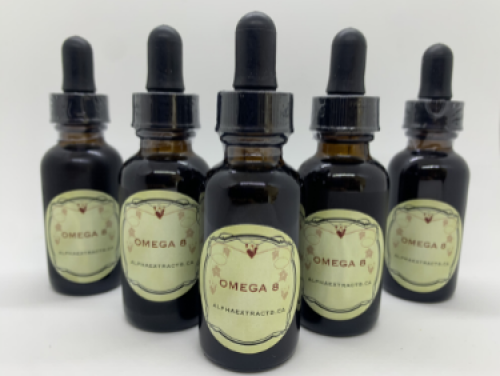
- Omega8 | Full Plant Cannabis Elixir (alphaextracts.ca)
